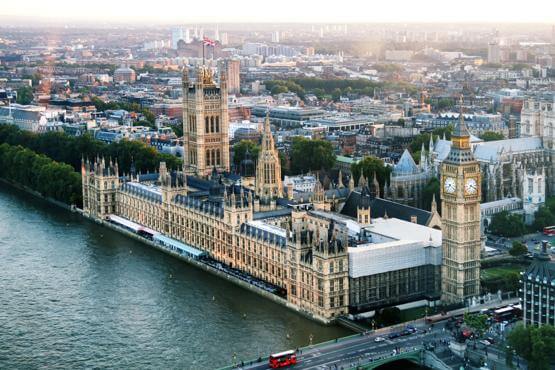Update on Coronavirus Job Retention Scheme following announcement from Chancellor
On Tuesday 12 May, the Chancellor announced that the Coronavirus Job Retention Scheme (CJRS) is to be extended until the end of October 2020.
Please note: the information contained in this legal update is correct as of the original date of publication
The below note should be read in conjunction with our previous briefing note on the coronavirus job retention scheme which can be found here.
On Tuesday 12 May, the Chancellor announced that the Coronavirus Job Retention Scheme (CJRS) is to be extended until the end of October 2020. The scheme, which was previously set to come to an end on 30 June 2020, will now remain in place for an additional four months, allowing employers to continue to furlough staff whose jobs have been affected by the coronavirus crisis.
The scheme will continue in its present form until the beginning of August, when some changes will be made to allow for greater flexibility in order to support businesses in transitioning their staff back to work (in line with the government’s plan for easing the lockdown and rebooting the economy over the coming months).
These changes will include allowing employers to furlough employees on a part-time basis, meaning that employees can carry out some work for their employer whilst still being partially supported by the scheme. The Chancellor has also confirmed that, over time, the government will decrease the level of support offered by the government and will expect employers to increase their own contribution to their employees’ wages. However, it is believed that the government still anticipates that the taxpayer will cover more than half the cost of the scheme until the end of October.
There has been no further information released as yet on the details of the changes to the schemes. Whilst the Chancellor’s announcement will be welcomed by employers and employees who feared a “cliff edge” moment at the end of June, organisations should prepare themselves for the gradual winding down of the scheme. Whilst no details have been confirmed of the level of contribution that employers will be expected to make from August, it would be prudent to take preliminary steps to begin to identify how the business might need to utilise the scheme going forward and consider whether it can begin to bring employees back to work, either full or part time.
Employers should also consider whether they can feasibly continue to top up employees’ salaries (if they are doing so) for an extended period, or whether they will be in a position to begin contributing to the scheme after August. Employers who may struggle to do so will need consider different alternatives including lay-off, short term working or potential redundancies. Full details of the changes to the furlough scheme are expected at the end of May.
Contact

Mark Hickson
Head of Business Development
onlineteaminbox@brownejacobson.com
+44 (0)370 270 6000







































